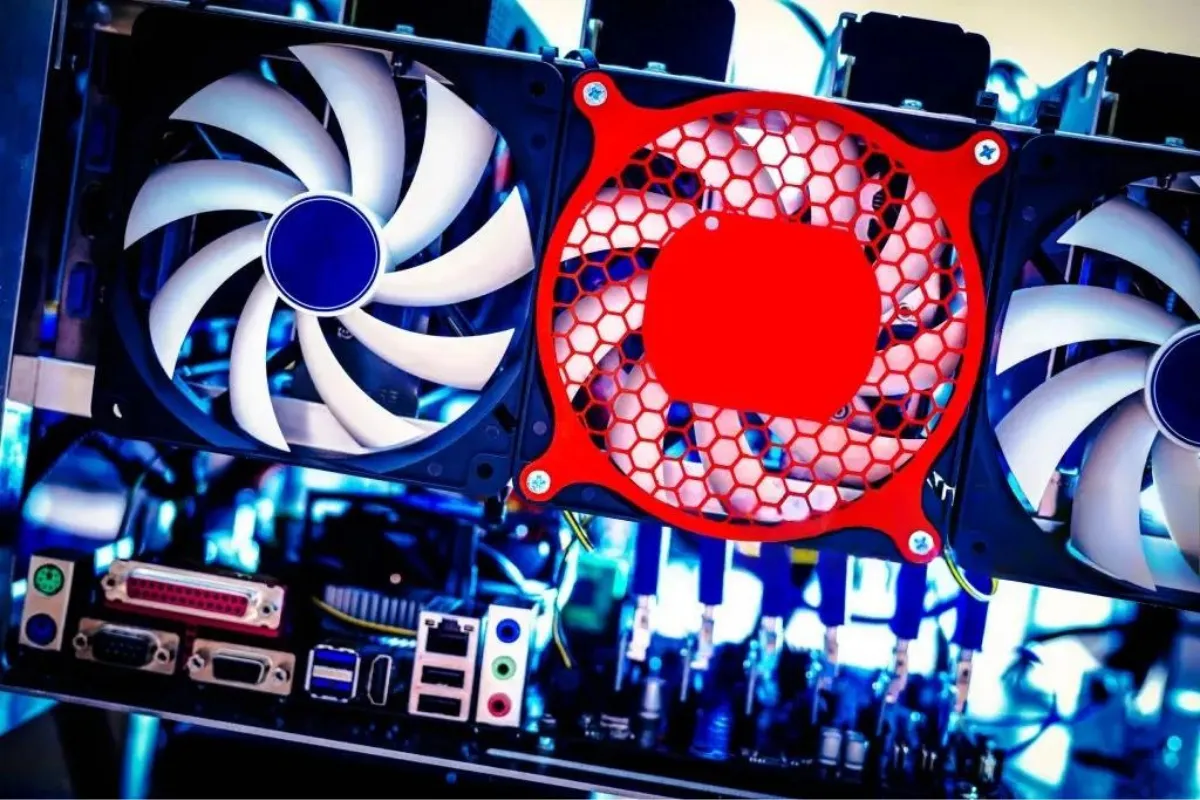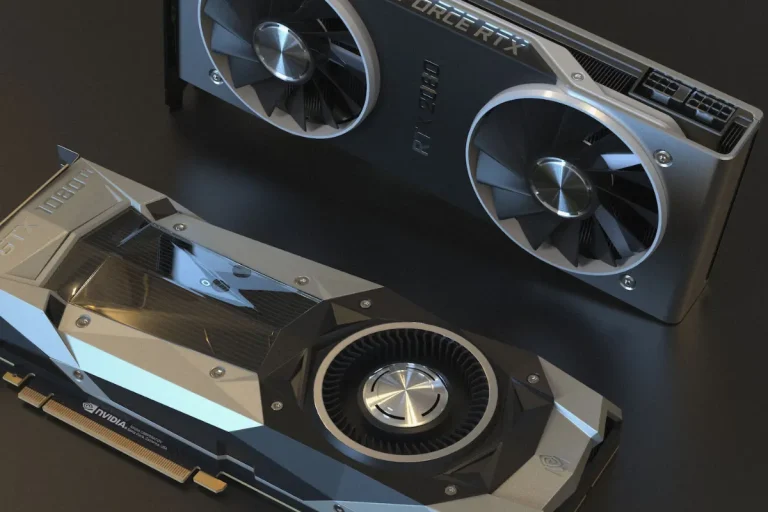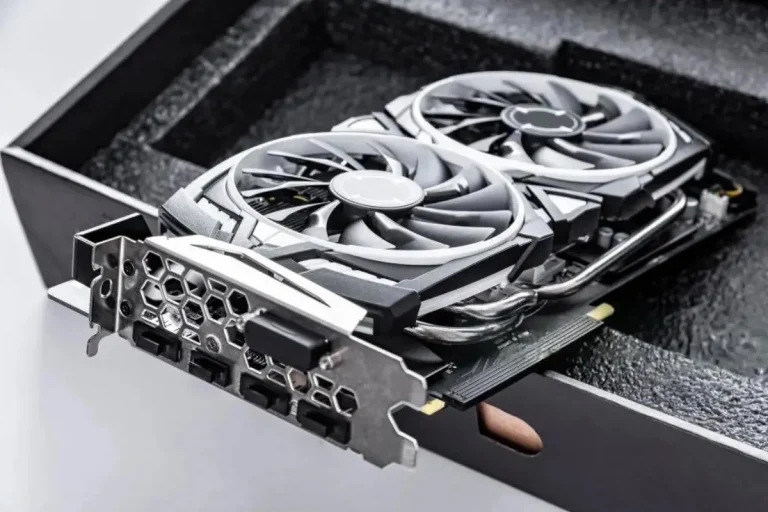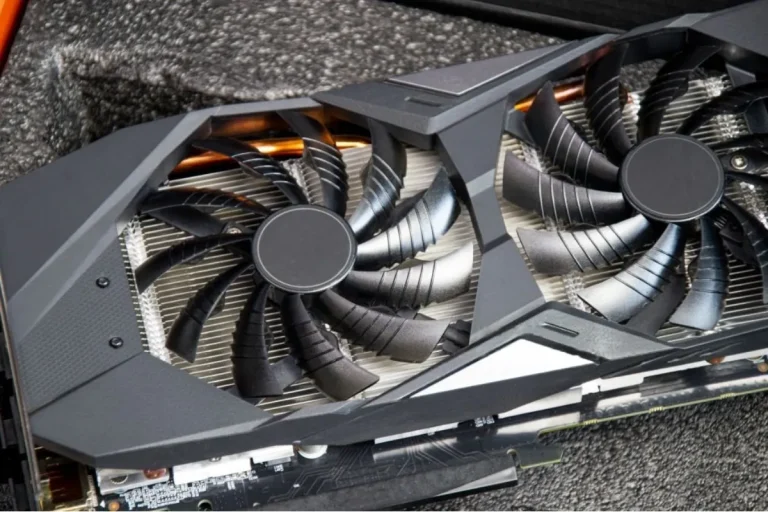How can I fix the no-signal GPU?
Are you facing a frustrating “no-signal GPU” issue where your computer fails to display anything on the screen? Don’t worry, we’ve got you covered! In this guide, we will explore troubleshooting steps and solutions to help you fix the no-signal GPU problem and get your display up and running again.
Common Causes of No-Signal GPU Issues
When encountering a “no-signal GPU” problem, it’s essential to understand the potential causes behind this frustrating issue. By identifying the root cause, you can take appropriate steps to resolve it and regain a functioning display. Here are the common culprits:
Loose or Faulty Cable Connections
One of the most common reasons for a no-signal GPU issue is a loose or faulty cable connection. A loose or improperly connected cable can interrupt the signal between the graphics card and the monitor, resulting in a blank screen.
Double-checking all cable connections is a good starting point to troubleshoot this problem.
Incorrect BIOS Settings
In some cases, incorrect BIOS settings can cause the GPU to fail to send a signal to the display. BIOS settings related to the primary display device or the PCIe slot configuration may need adjustment to ensure the GPU is properly recognized and utilized.
Reviewing and modifying these settings can help resolve the no-signal GPU issue.
Outdated or Incompatible Graphics Drivers
Outdated or incompatible graphics drivers can also lead to display problems. If the GPU drivers are not up to date or are incompatible with your operating system, it can result in the GPU failing to send a signal to the monitor.
Updating the graphics drivers to the latest compatible version is often an effective solution.
Power Supply Issues
Insufficient power supply or faulty power connections can prevent the GPU from working correctly. If the GPU does not receive adequate power, it may not be able to send a signal to the display.
Checking the power connections and ensuring that the power supply has sufficient wattage for the GPU’s requirements can help resolve this issue.
Overheating or Hardware Failures
Overheating can cause the GPU to malfunction and result in a no-signal issue. Excessive heat can lead to hardware failures or thermal throttling, preventing the GPU from functioning properly. Proper cooling and monitoring of the GPU’s temperature can help prevent overheating-related problems.
Troubleshooting Steps

When facing a no-signal GPU issue, one of the first troubleshooting steps you should take is to ensure that the cable connections between your GPU and monitor are secure. Loose or faulty cable connections can prevent the GPU from displaying a signal properly.
We will explore the importance of checking cable connections and how to troubleshoot them effectively.
Check Cable Connections
To tackle the no-signal GPU issue, it’s essential to start with the basics. One of the first troubleshooting steps is to check the cable connections between the GPU and the monitor. Loose or faulty cable connections can disrupt the signal transmission, leading to a blank screen.
Begin by ensuring that the cables are securely connected to both the GPU and the monitor. Gently wiggle the cables to verify if they are firmly in place. If any of the connections feel loose, reseat the cables to establish a more secure connection.
If the cable connections seem intact, it’s worth trying different cables or ports. Faulty cables or ports can also cause a no-signal GPU problem. Swap out the cables or connect the GPU to a different port on the monitor to rule out any potential issues with the cables or ports.
Verify BIOS Settings
Incorrect BIOS settings can contribute to a no-signal GPU problem. To address this, access the BIOS menu by restarting your computer and pressing the designated key (commonly F2, Del, or Esc) during the boot process. Once in the BIOS menu, navigate to the display-related settings.
Ensure that the primary display is set to the GPU and not the integrated graphics (if applicable). Save any changes made to the settings and exit the BIOS menu. Restart your computer and check if the issue has been resolved.
Update Graphics Drivers
Outdated or incompatible graphics drivers can lead to a no-signal GPU problem. To update the drivers, first, identify the GPU model installed in your system. You can usually find this information in the Device Manager or by checking the GPU’s physical label.
Check Power Supply
Insufficient power supply or faulty connections can cause the GPU to fail to send a signal to the display. Ensure that the power supply cables are properly connected to the GPU. Check if the power supply has sufficient wattage to support the GPU’s requirements.
If necessary, consult the GPU’s documentation or the manufacturer’s website to determine the recommended power supply wattage. Upgrading the power supply, if needed, can help alleviate power-related issues and potentially resolve the no-signal problem.
Monitor Temperature and Hardware
Overheating or hardware failures can also contribute to a no-signal GPU issue. Ensure that the GPU is clean from dust or debris that could impede proper airflow. Check that the fans are functioning correctly and that the GPU is not overheating.
Use software tools to monitor the GPU’s temperature and ensure it remains within safe operating limits. If the GPU temperature is consistently high, consider improving the cooling in your system, such as adding additional fans or improving ventilation.
Additional Tips and Solutions
Sometimes, even after going through the initial troubleshooting steps, the no-signal GPU issue may still persist. In such cases, there are a few additional tips and solutions that you can try to resolve the problem.
Resetting the CMOS Battery
The CMOS battery is responsible for storing the BIOS settings on your motherboard. Resetting it can help resolve any potential conflicts or errors that may be causing the no-signal GPU problem.
To reset the CMOS battery, start by shutting down your computer and disconnecting the power cable. Open your computer case and locate the CMOS battery on the motherboard. Carefully remove the battery and wait for about 5-10 minutes before reinserting it.
This will allow the CMOS settings to reset. Close your computer case, reconnect the power cable, and power on your system. Check if the issue has been resolved.
Testing the GPU on Another System
If the no-signal GPU issue persists, it’s a good idea to test the GPU on another system. By doing this, you can determine whether the problem lies with the GPU itself or with other components in your system.
Remove the GPU from your computer and install it in another system that meets the necessary requirements. Power on the system and check if the GPU is functioning correctly and displaying a signal. If the GPU works fine on the other system, it suggests that the issue lies elsewhere in your original system, such as the motherboard or power supply.
Seeking Professional Assistance if All Troubleshooting Steps Fail
If all the troubleshooting steps and additional solutions mentioned above fail to resolve the no-signal GPU problem, it may be time to seek professional assistance. Professional technicians have the knowledge and tools to diagnose and fix complex hardware issues.
Contact your computer manufacturer’s support or a reputable computer repair service to schedule an appointment. They will be able to provide a more in-depth analysis of the problem and offer appropriate solutions.
Remember, troubleshooting hardware issues can be challenging, so don’t hesitate to seek professional help if needed. They can help identify and resolve the underlying cause of the no-signal GPU problem, ensuring that your system is up and running smoothly again.
Frequently Asked Questions
1: Why is my GPU not displaying any signal?
The no-signal GPU issue can occur due to various reasons, such as faulty connections, outdated drivers, incompatible hardware, or even a defective GPU.
2: How can I check if my GPU is the problem?
To determine if your GPU is causing the issue, try connecting your monitor to a different output port on the GPU or test the GPU on another system. If the GPU works fine in another setup, the problem may lie elsewhere in your current system.
3: What should I do if resetting the CMOS battery doesn’t fix the issue?
If resetting the CMOS battery doesn’t resolve the no-signal GPU problem, consider checking the power connections, ensuring the GPU is seated correctly, updating the GPU drivers, or seeking professional assistance.
4: Can outdated drivers cause the no-signal GPU problem?
Yes, outdated or incompatible GPU drivers can prevent the GPU from displaying a signal. It is recommended to update your GPU drivers to the latest version to ensure compatibility and resolve any potential issues.
5: What should I do if all troubleshooting steps fail?
If all troubleshooting steps, including resetting the CMOS battery and updating drivers, fail to fix the no-signal GPU problem, it is advisable to seek professional assistance. A professional technician can diagnose the issue more accurately and provide appropriate solutions.
Conclusion
Troubleshooting the no-signal GPU issue can be a bit challenging, but by following the right steps, you can often resolve the problem. Remember to check connections, update drivers, reset the CMOS battery, and seek professional help if needed. With patience and persistence, you’ll likely get your GPU up and running smoothly again.





